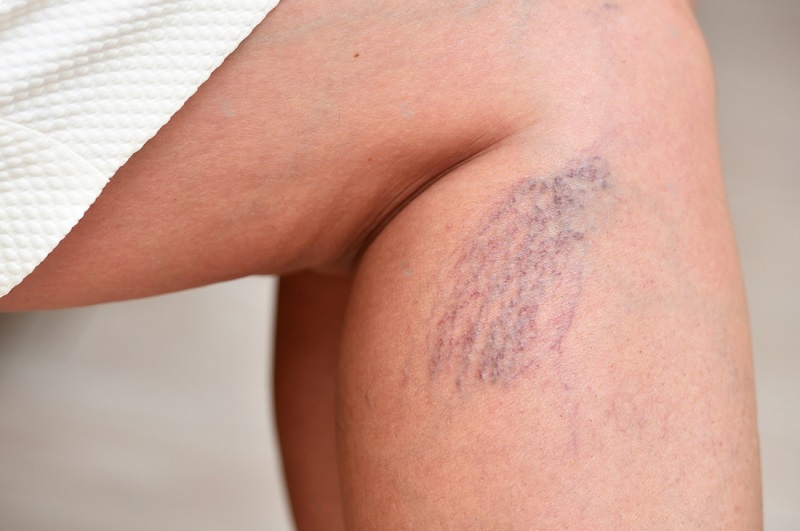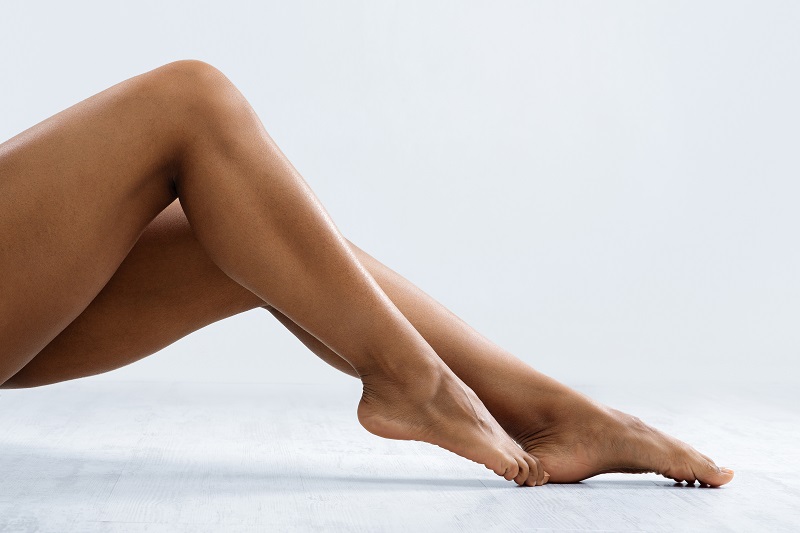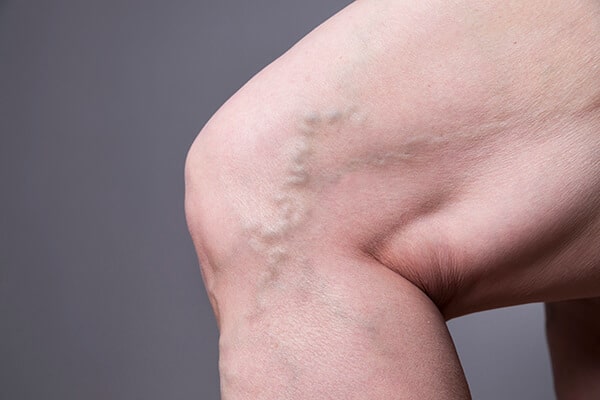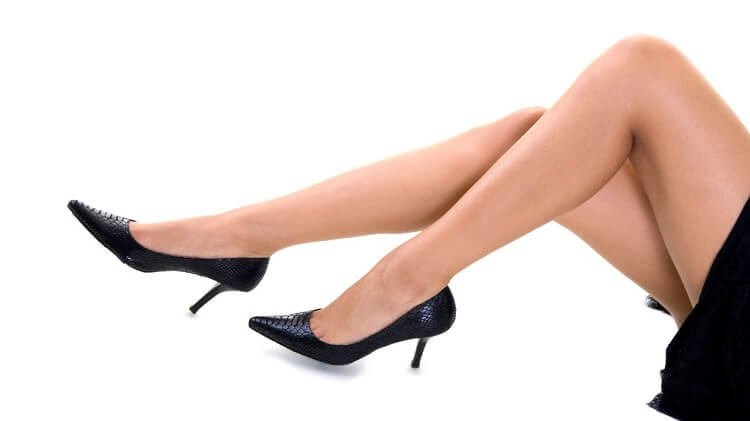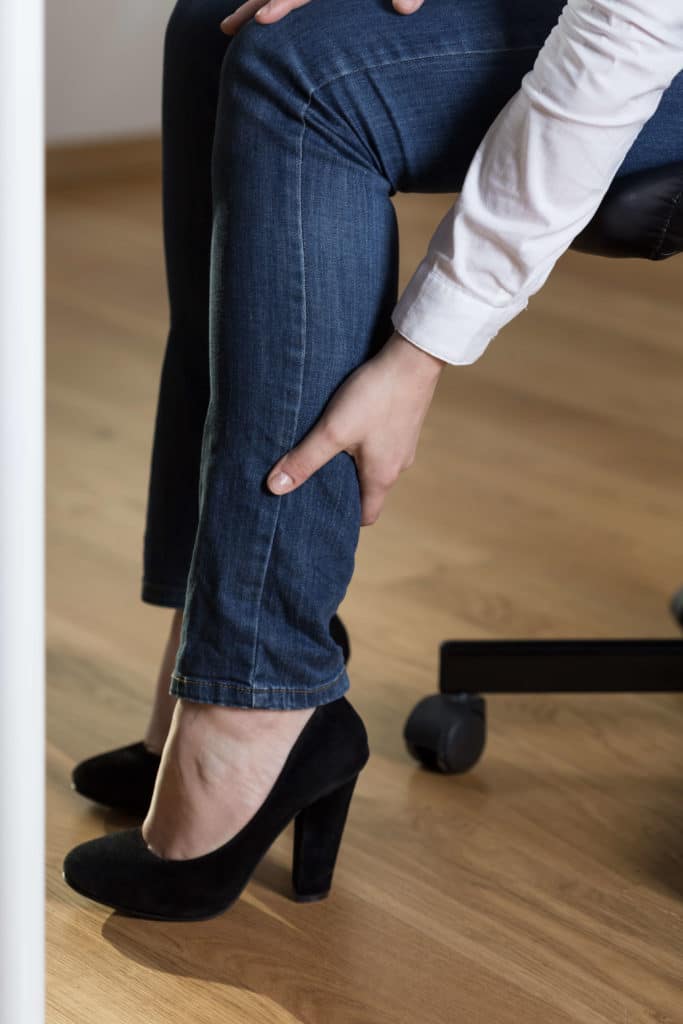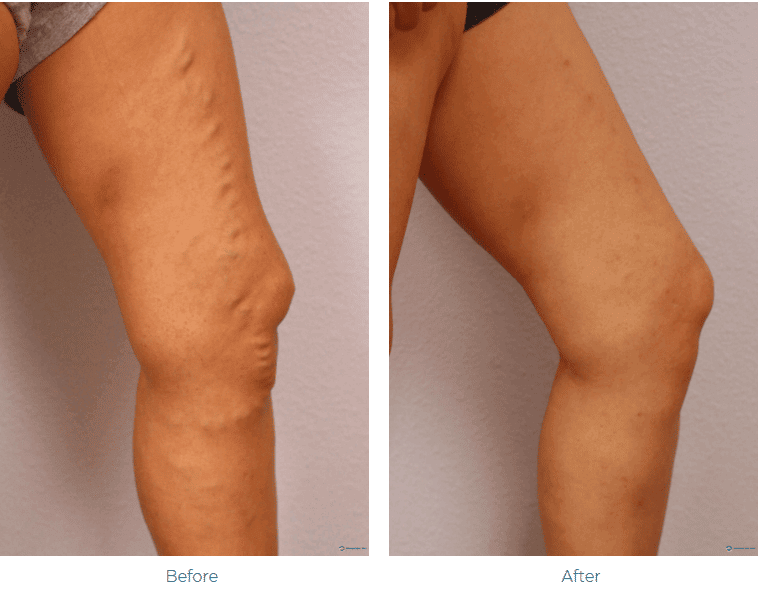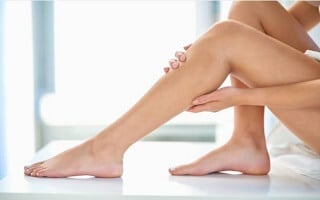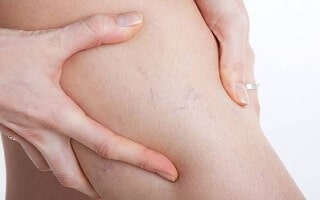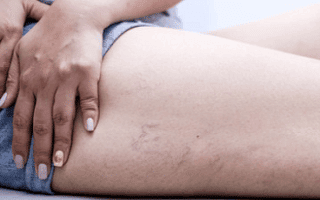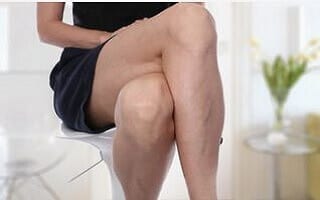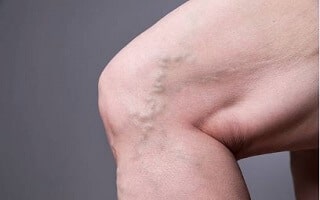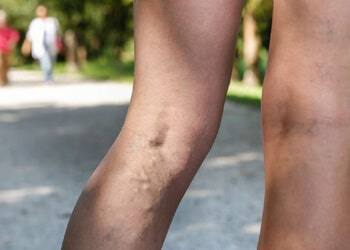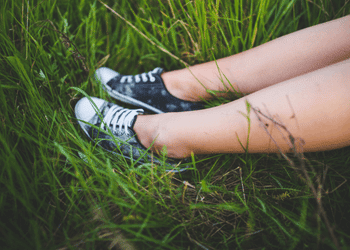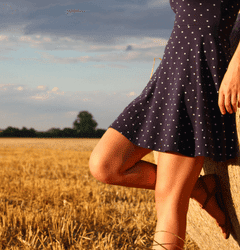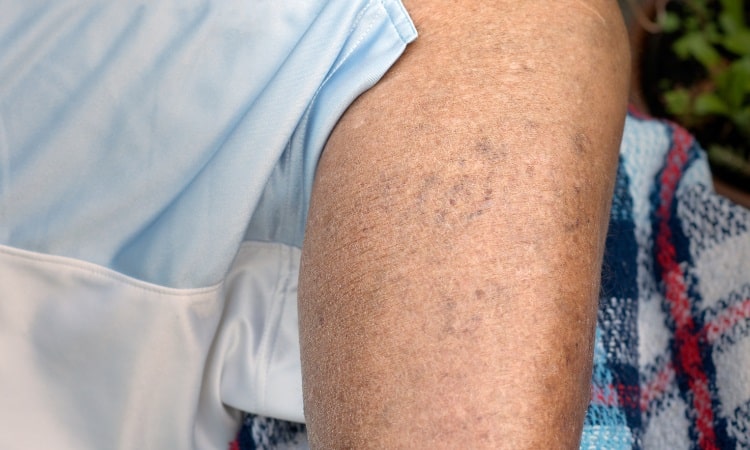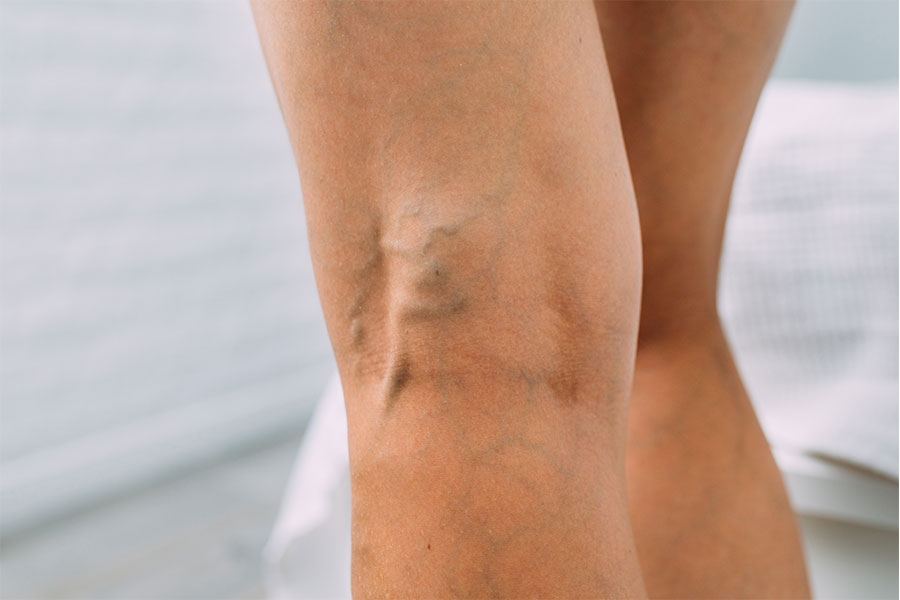
Many of us think of varicose veins as an unsightly annoyance. However, these bulging veins can indicate a deeper problem with the circulation in your legs. Only an examination by a vein expert like Dr. Robert Cutchen can determine whether your varicose veins require treatment.
What are Varicose Veins?
Varicose veins are swollen, twisted-looking veins under the skin. They often look blue or purple due to the blood they contain. These veins are visible because they have been damaged. Blood flow through the veins in your legs must move against gravity, so your veins have one-way valves to prevent backflow. Many factors can cause these valves to fail, letting blood flow back into and stretch the veins.

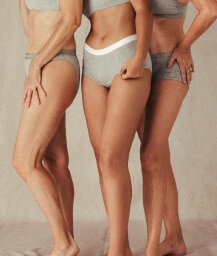
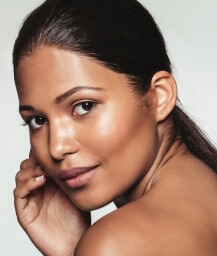
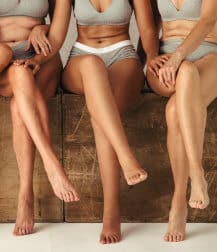
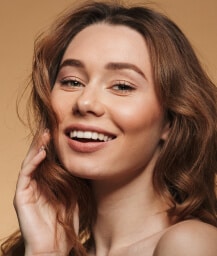
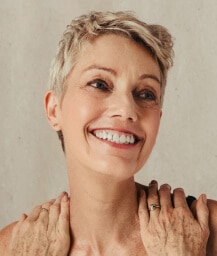 Do you have a question?
Do you have a question?